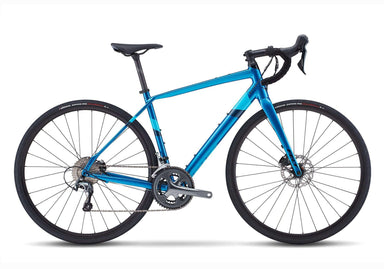Clincher vs. Tubular Bike Tires
Clincher or Tubular? When it comes to bike tires, those are two of the longtime choices, with tubeless tires now becoming a major force as well. Which tire type to use is a common question among cyclists, triathletes, and recreational bikers. Why are there even different types of bike tires? … Read More















